28 Wild Animals in Canada [Wildlife in Canada]
Want to know more about the wildlife in Canada?
Discover 28 wild animals in Canada in this post, as well as interesting facts about them. 🇨🇦
Learn All About Canadian Animals
Ready to learn all about Canadian animals?
I’ve always been fascinated by animals, and by how they can be so different from one country to another. In this guide, we’ll focus on the many animals Canada has on the land, in the sky, and underwater.
I’ve split the guide into 4 categories:
- Native animals from Canada
- Endangered animals of Canada
- What is the national animal of Canada?
- How many animals native to Canada?
Let’s dive in right away with our first category!
Native Animals from Canada
Canada is a huge North American country located in the northern part of the continent, below Greenland. It is the second-largest country in the world after Russia and has seen many conflicts between the French and the English. It is bordered by the United States, and although its largest city is Toronto, its capital city is Ottawa, which counts more than 934,000 inhabitants (but more than 1,476,000 if you include the metropolitan area).
An interesting part of the country that I wanted to tackle is its wildlife. In light of that, I have listed the best of it, and I hope you will love learning what animals live in Canada.
Here’s the list of the animals found in Canada.
1. Moose
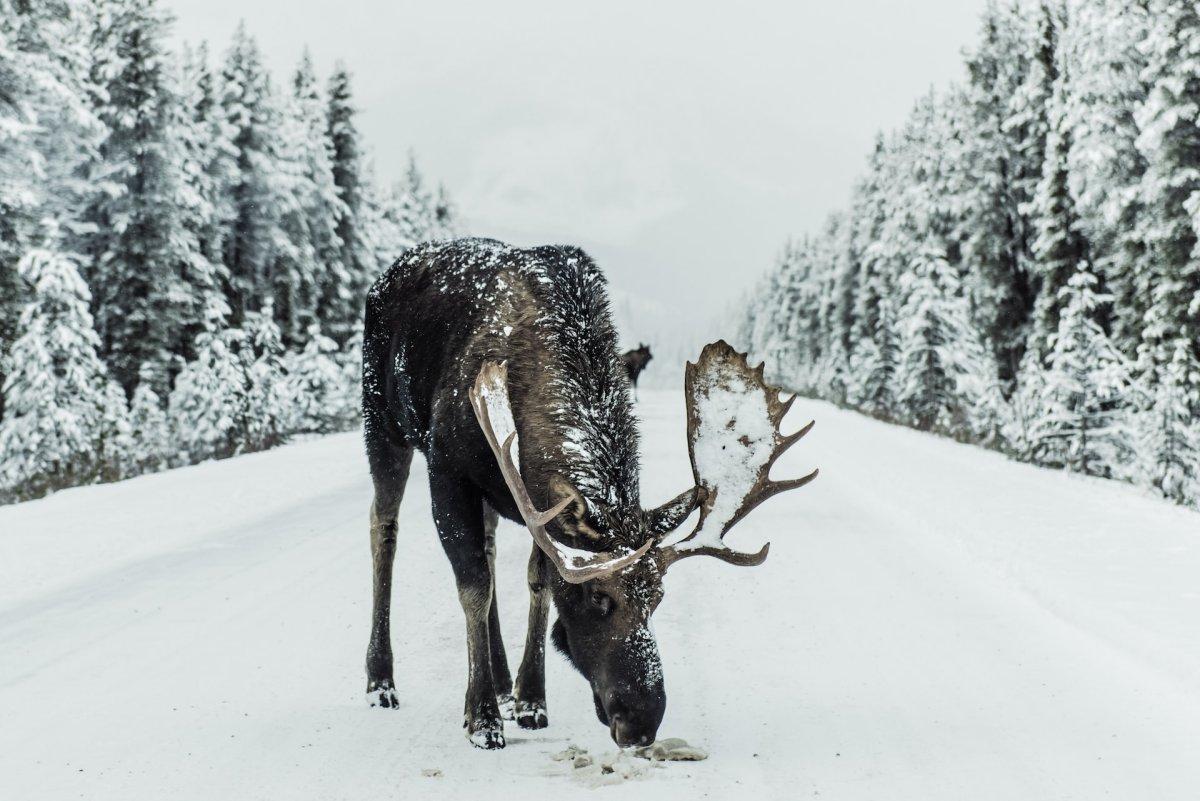
- Name: Moose
- Scientific name: Alces alces
- Conservation status:
The moose is one of the most iconic animals in Canada. It is also known as the elk, and can be found throughout most of the country, and also in Scandinavia and in Russia.
It is the largest species of deer on the planet and can reach 2.1 m / 6 ft 11 in height, and weigh up to 490 kg / 1,080 lb! It is even 30 cm / 1 ft higher than the second-largest deer, the wapiti.
2. Grizzly bear
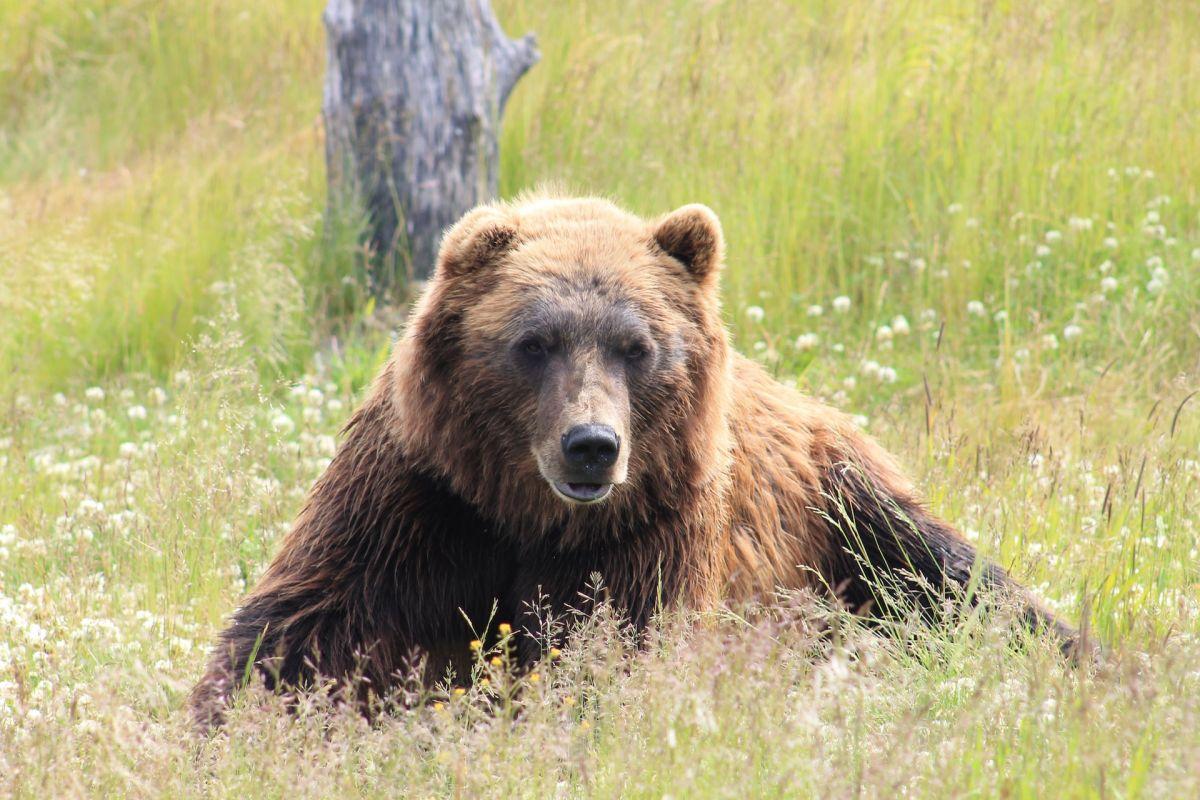
- Name: Grizzly bear
- Scientific name: Ursus arctos horribilis
- Conservation status:
The grizzly bear, also known as the North American brown bear, is a large species of bear native to the western half of North America. It can be found in mountainous areas, as well as forests.
Interestingly enough, grizzly bears that live near the coastline are slightly larger than the ones living inland. These bears have very long claws they can use to dig. They are also more aggressive than other black bears when it comes to defending themselves.
3. Mountain goat
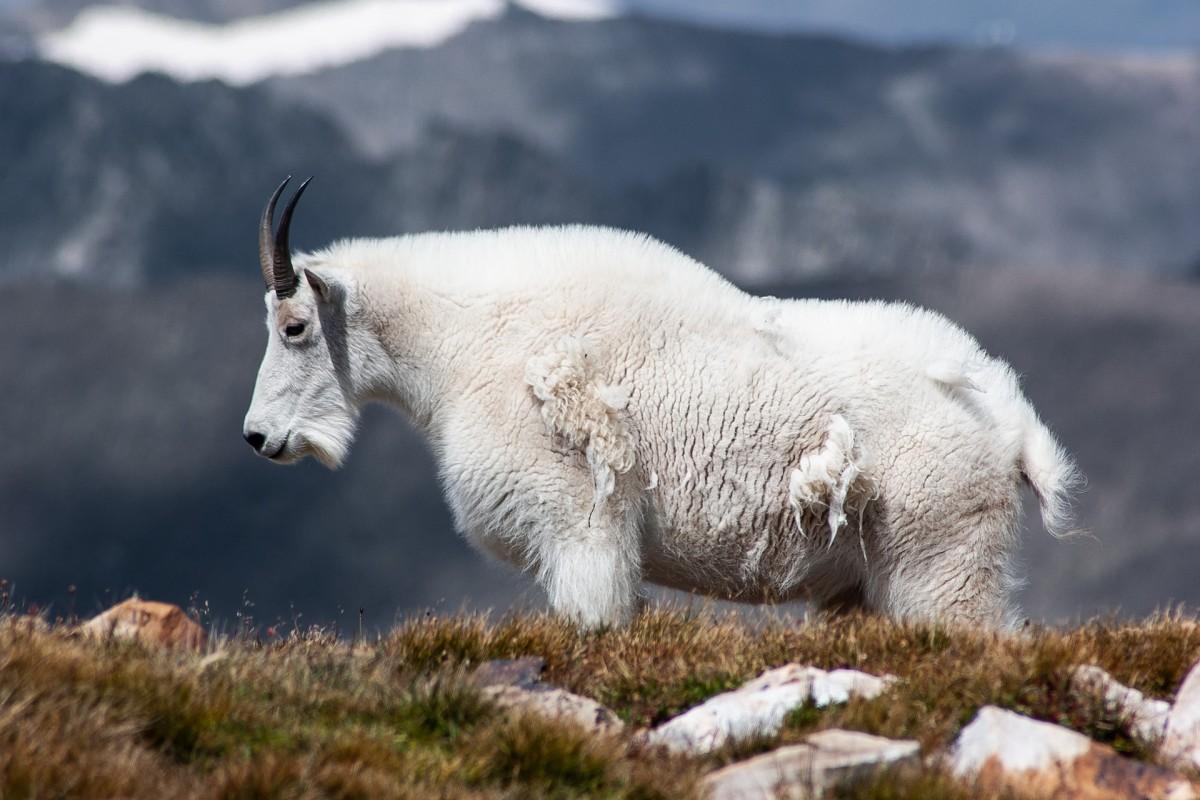
- Name: Mountain goat
- Scientific name: Oreamnos americanus
- Conservation status:
The mountain goat, also known as the Rocky Mountain goat, is a large species of mammal endemic to western North America. It inhabits mountainous regions and is an adept climber.
Despite its name, it does not belong to the same genus as other goats like the wild goat but is more related to chamois and gorals. These goats can be seen fighting one another for dominance, which can occasionally lead to injury or death.
4. Reindeer

- Name: Reindeer
- Scientific name: Rangifer tarandus
- Conservation status:
The reindeer, also known as the caribou, is a species of deer native to the Arctic, boreal, tundra, and mountainous regions of North America, northern Europe, and Siberia. It lives in herds with a varied sizes depending on the region.
This deer has been hunted and domesticated by Arctic peoples for its meat, hide, milk, transportation, and antlers. Both males and females have antlers every year, and this animal is famous for being part of the traditional Christmas legend, pulling Santa Claus’ sleigh.
5. Walrus
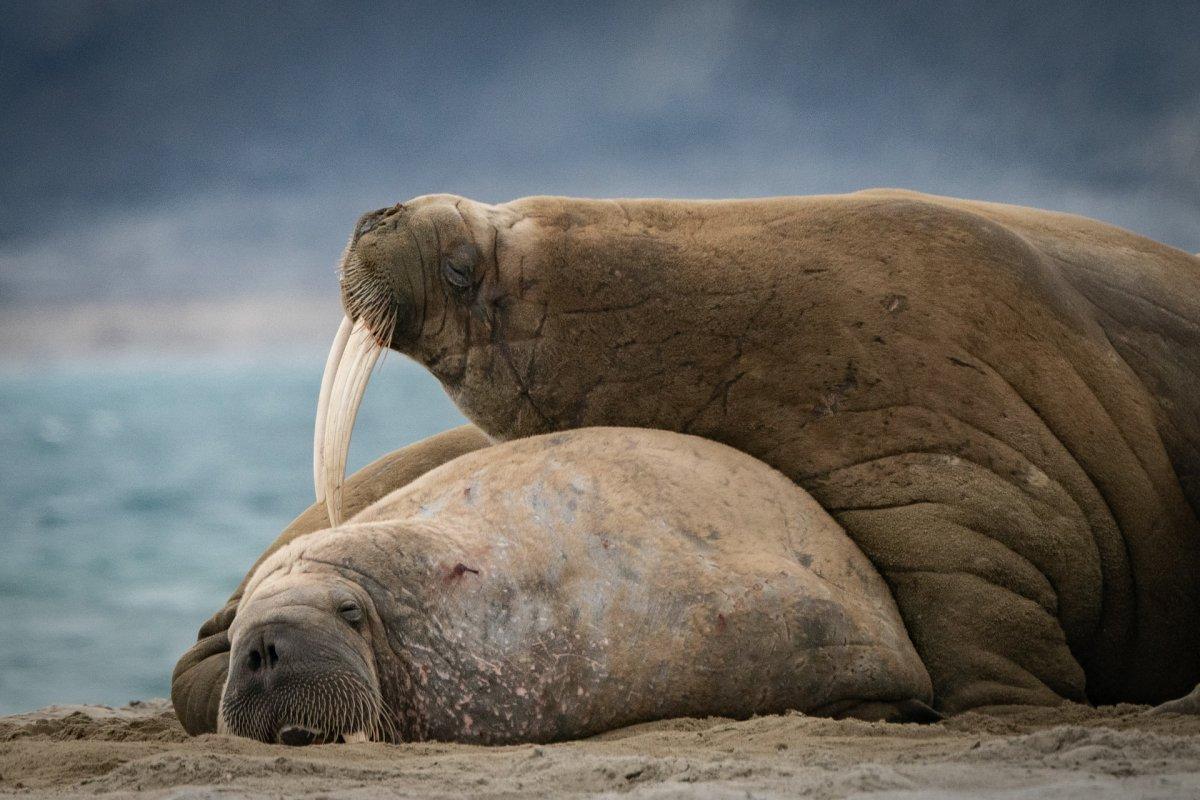
- Name: Walrus
- Scientific name: Odobenus rosmarus
- Conservation status:
The walrus is a large marine mammal native to several parts of the Arctic Ocean. Adult individuals are easily recognizable thanks to their tusks and whiskers, as well as their considerable size: some males weigh more than 2,000 kg / 4,400 pounds!
Walruses like living in shallow waters next to the coastline, and are keystone species in the Arctic regions. Because of this, it is particularly important to protect them from their biggest threat, namely hunting. Their natural predators are killer whales and polar bears, though the latter remain careful when attacking due to possible injuries or death.
6. Polar bear
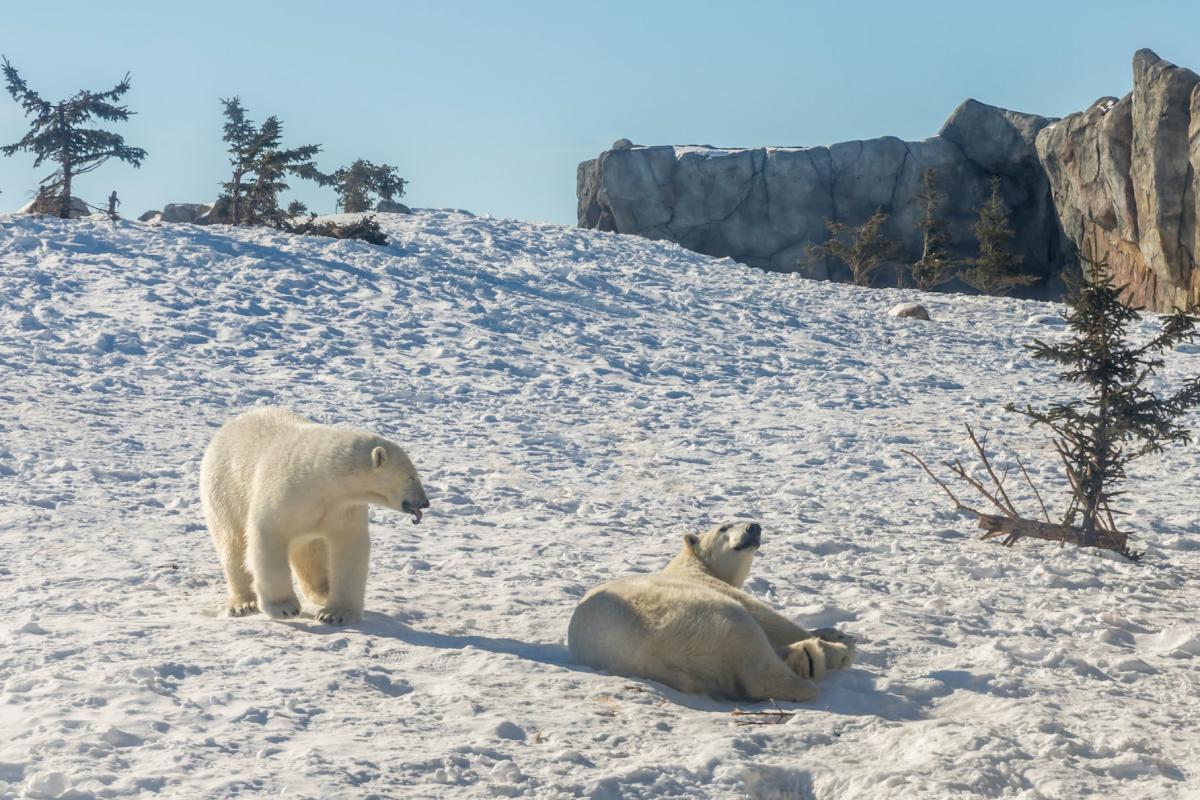
- Name: Polar bear
- Scientific name: Ursus maritimus
- Conservation status:
The polar bear is a hypercarnivorous bear native to the Arctic Circle. It is the largest living species of bear and the largest extant land carnivore. An adult male usually weighs from 350 to 700 kg (770 to 1,540 lb).
Though it is closely related to the brown bear, the polar bear has evolved over time to be perfectly adapted to its environment: with bright white fur and thick fat. It is considered a marine mammal due to its dependence on sea ice and is seriously threatened by global warming, as many photos show.
7. North American beaver
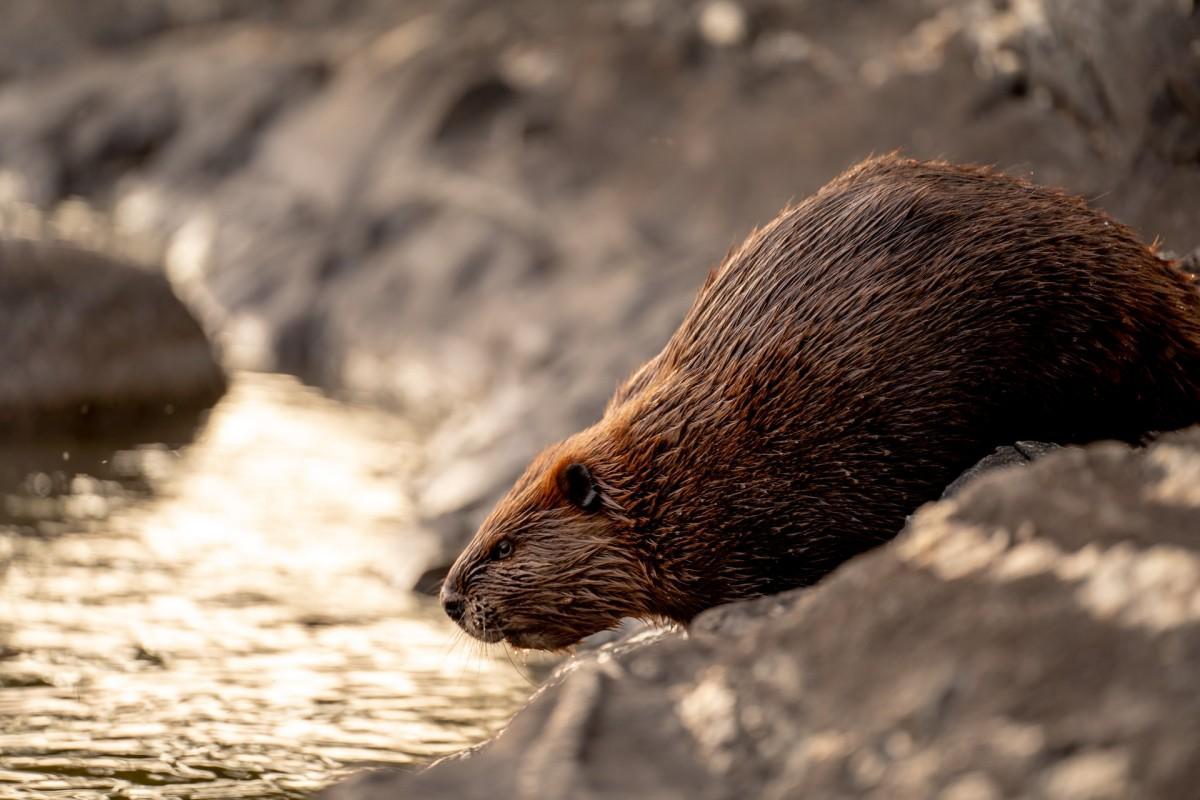
- Name: North American beaver
- Scientific name: Castor canadensis
- Conservation status:
The North American beaver, also known as the Canadian beaver, is one of two existing beaver species with the Eurasian beaver. It is native to North America and was also introduced in northern Europe and southern South America.
Beavers are not always safe. They are hunted by mountain lions, wolves, coyotes, and even American black bears sometimes. Occasionally, bald eagles, wolverines, lynxes, foxes, and bobcats may attack an isolated or a young beaver.
8. American bison
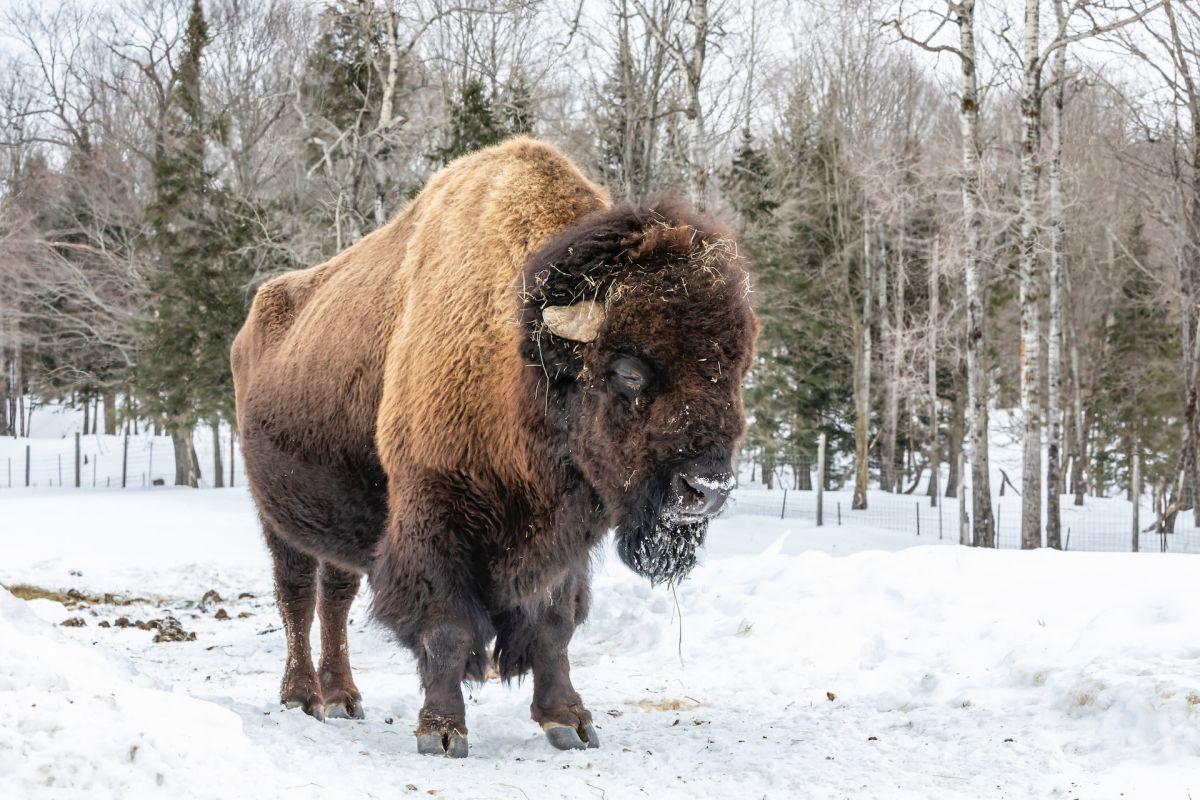
- Name: American bison
- Scientific name: Bison bison
- Conservation status:
The American bison, also known as the buffalo or the American buffalo, is a species of bison that used to populate most of North America.
It infamously almost became extinct during the 19th century, due to overhunting, slaughtering, and the introduction of bovine diseases from domestic livestock. If you need clear numbers to realize how many bison were exterminated, there were more than 60 million American bison at the end of the 18th century… and only 541 in 1889.
9. Killer whale
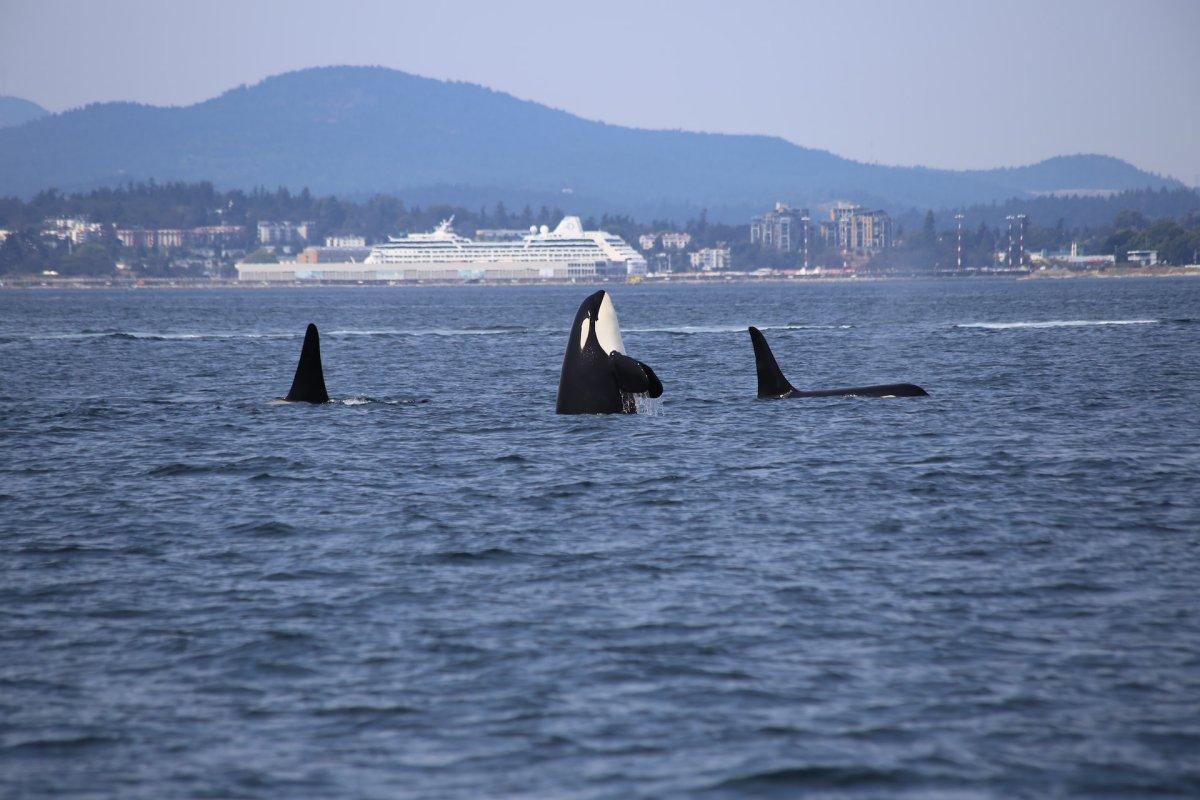
- Name: Killer whale
- Scientific name: Orcinus orca
- Conservation status:
The killer whale, also known as the orca, is a large species of toothed whale. It can be found in most of the world’s oceans, in any type of water, from Arctic and Antarctic regions to tropical seas.
Its diet is very varied, from fish to marine mammals like dolphins or seals. Its name comes from the fact that it frequently attacks whale calves and even adults! The killer whale is an apex predator that fears nothing but humans and their pollution.
10. Atlantic puffin
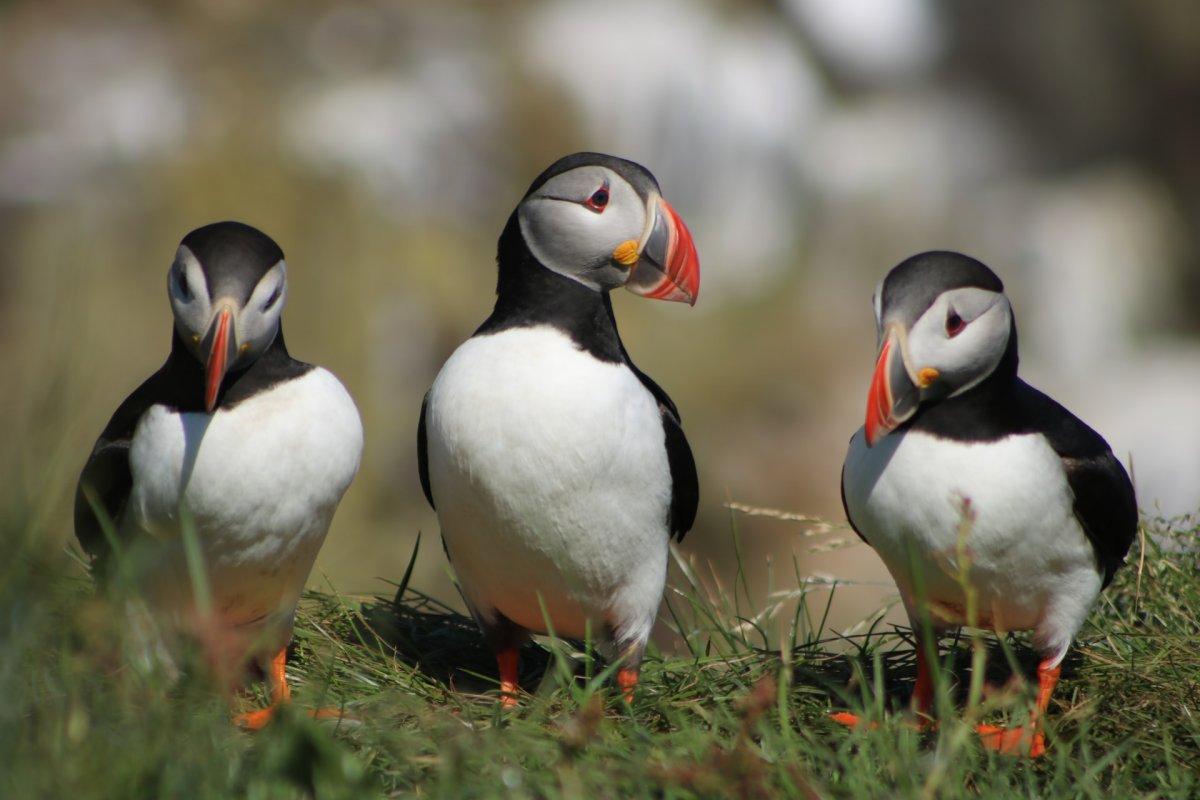
- Name: Atlantic puffin
- Scientific name: Fratercula arctica
- Conservation status:
The Atlantic puffin, also known as the common puffin, is a species of seabird native to the Atlantic Ocean, and other related species exist in the northeastern Pacific. One of the main places where you can see Atlantic puffins is Iceland, but these medium-sized birds inhabit most of the northern Atlantic.
If you see a puffin putting its head underwater, it is actually peering around for a potential marine predator, like a seal.
11. Canada lynx
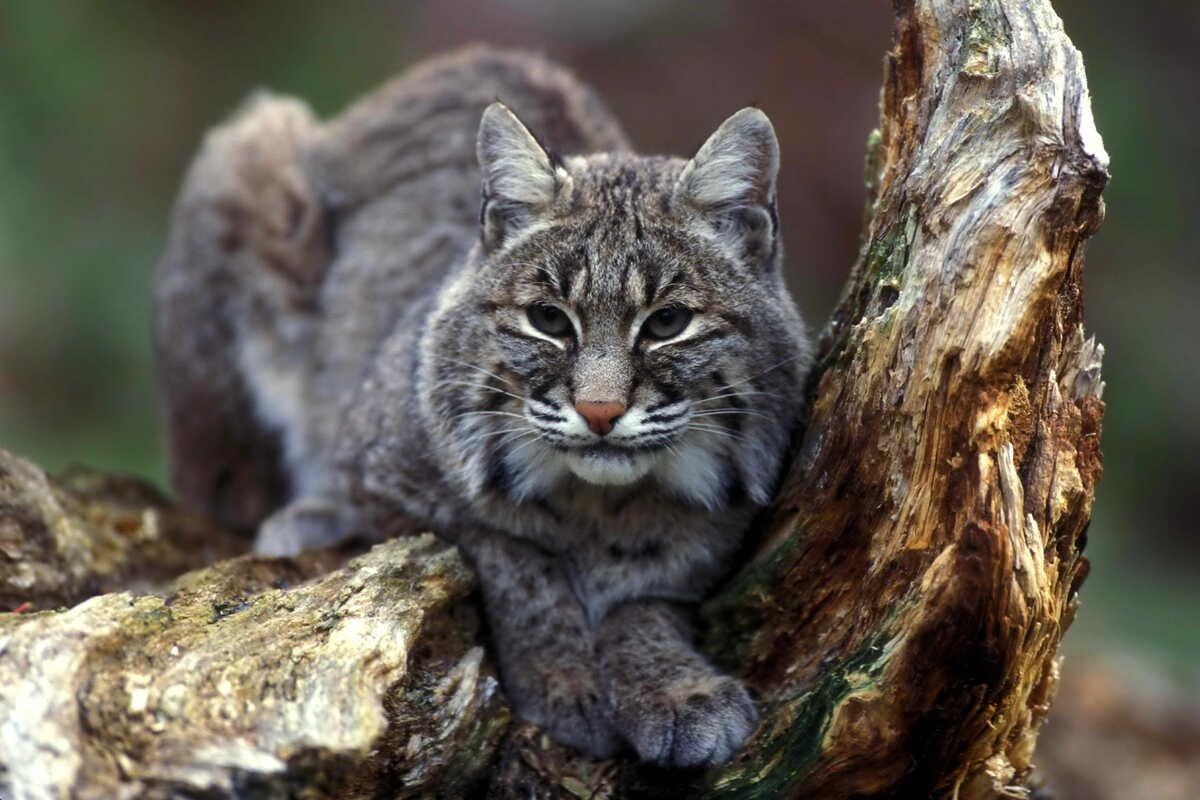
- Name: Canada lynx
- Scientific name: Lynx canadensis
- Conservation status:
The Canada lynx is a medium-sized species of wild cat native to North America, from western Alaska to the eastern coast of Québec. It has long and dense fur, perfectly adapted to the harsh environment it lives in.
Just like other felines, the Canada lynx is a very agile swimmer and climber. It is a specialist predator that plays a significant role in snowshoe hare populations rising and declining over the year.
12. Beluga whale
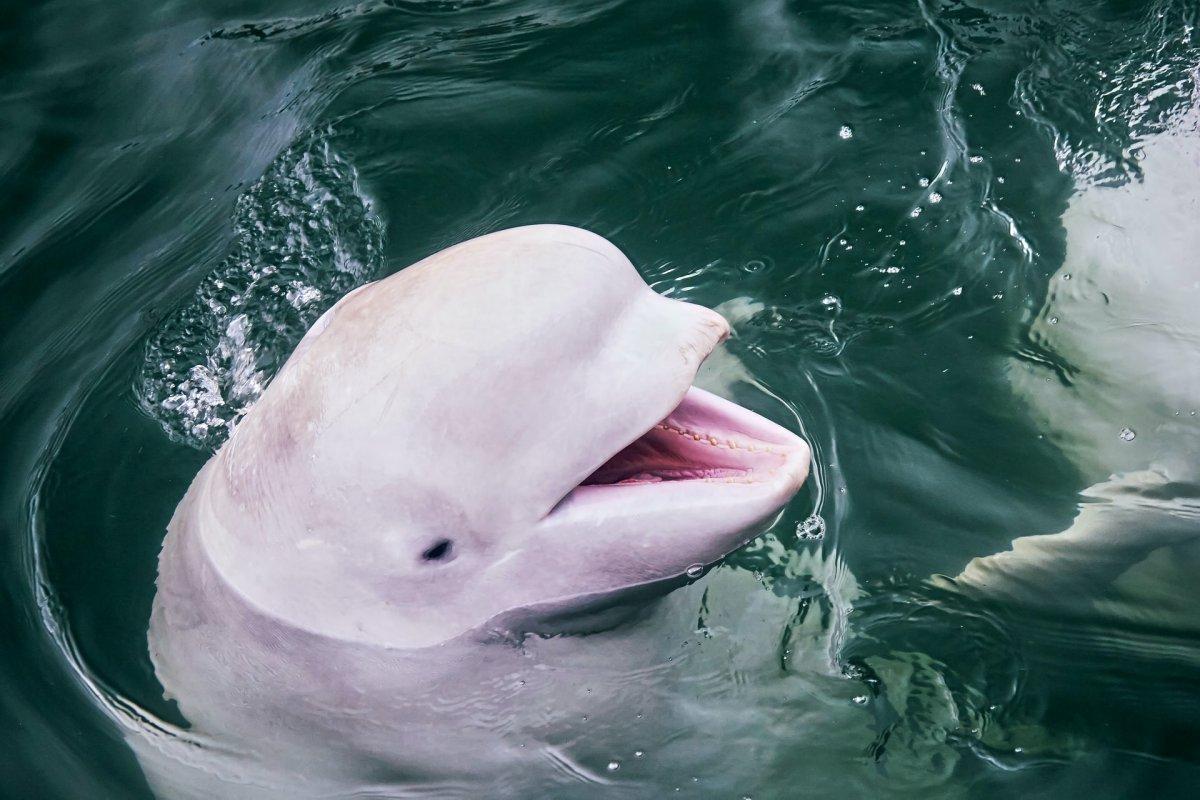
- Name: Beluga whale
- Scientific name: Delphinapterus leucas
- Conservation status:
The beluga whale, also known as the melonhead, the sea canary, or the white whale, is a species of Arctic and sub-Arctic cetacean. It is very different from other cetaceans and has adapted its body to the Arctic, with no dorsal fin and an all-white color. Its characteristic head houses an echolocation organ.
These whales live in groups of around 10 individuals, though they can be seen in hundreds or even thousands in the summer.
13. American black bear
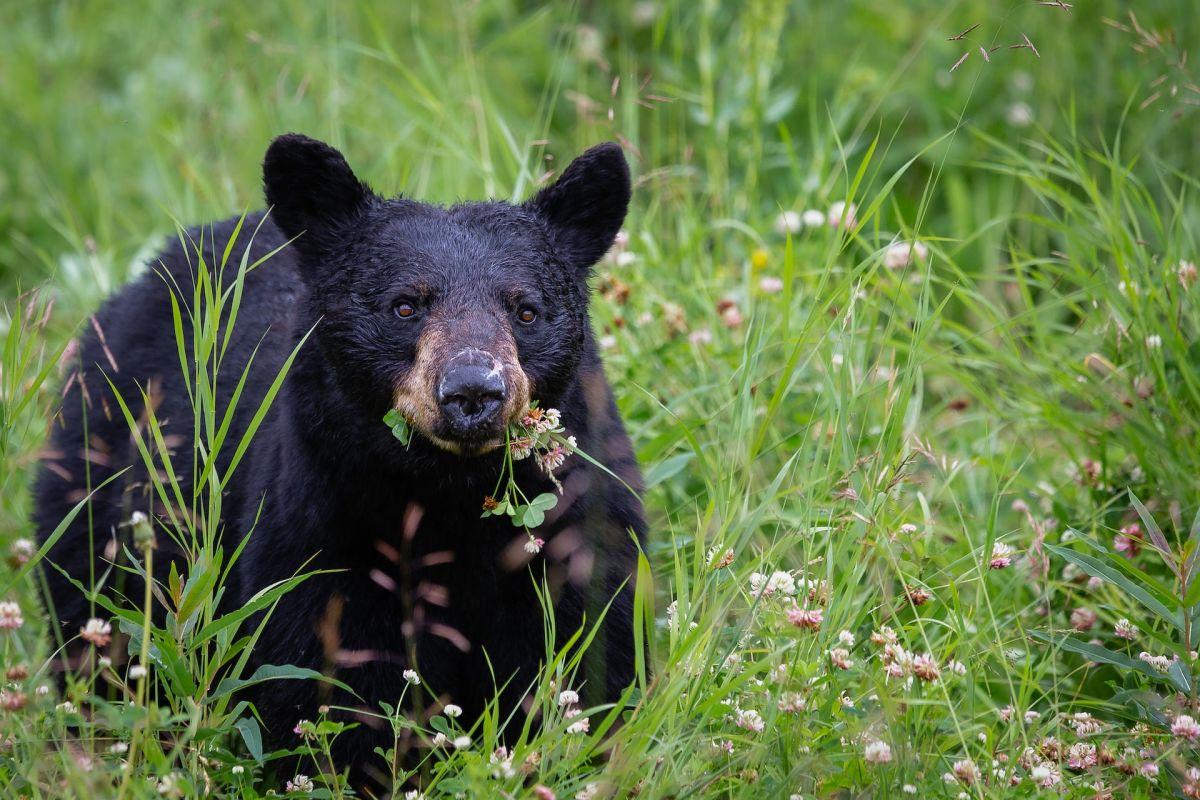
- Name: American black bear
- Scientific name: Ursus americanus
- Conservation status:
The American black bear is a medium-sized species of bear endemic to North America. It is the most widely distributed bear species there, but also the smallest of all.
This bear is an omnivore and has a very varied diet, adapted to the season and location. While it usually lives in forested areas, it can also be seen near humans for its food. Despite its name, some individuals can be brown or even blond.
14. Blue whale
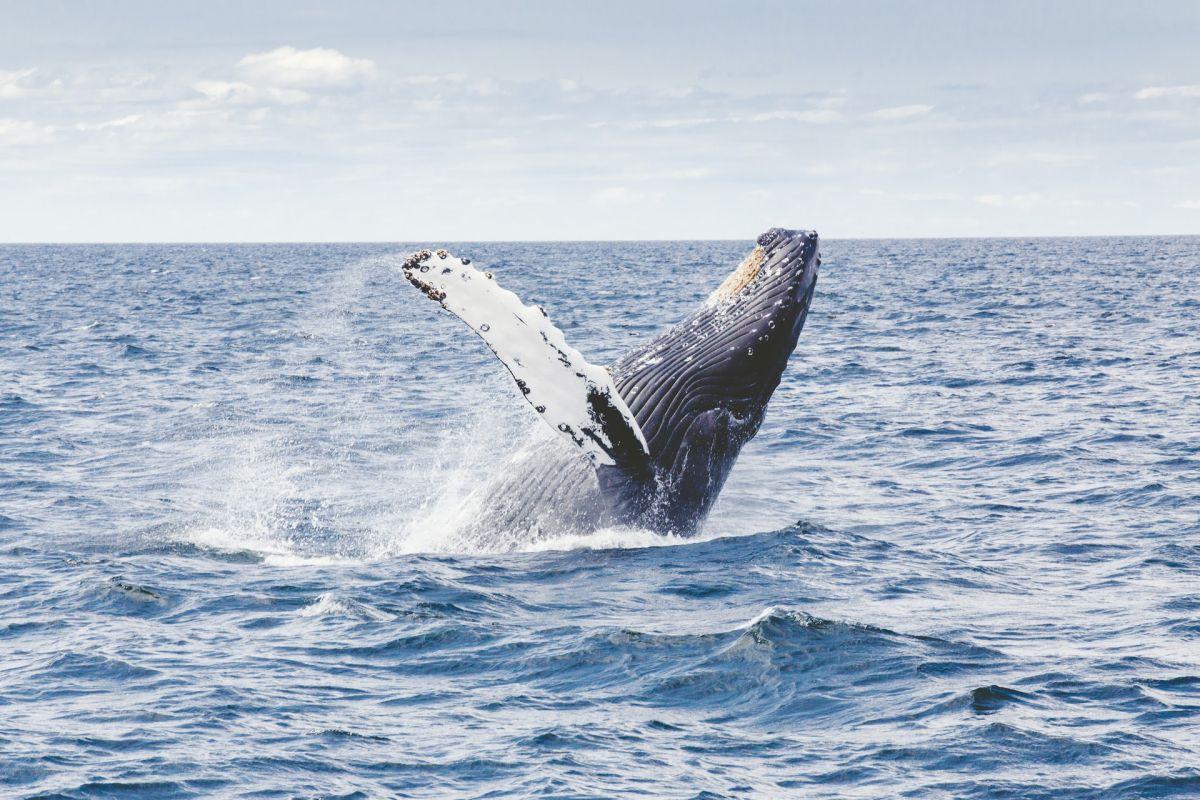
- Name: Blue whale
- Scientific name: Balaenoptera musculus
- Conservation status:
The blue whale is the largest living animal to have ever existed. Its maximum confirmed length is 29.9 m / 98 ft, with a weight of 199 tonnes / 196 long tons. It is a marine mammal that lives in most oceans of the world.
These whales are filter feeders, and almost only feed on krill. They can be seen in small groups, but they are mostly solitary. There is no real structure in blue whale groups apart from mother-calf bonds.
15. Snow goose
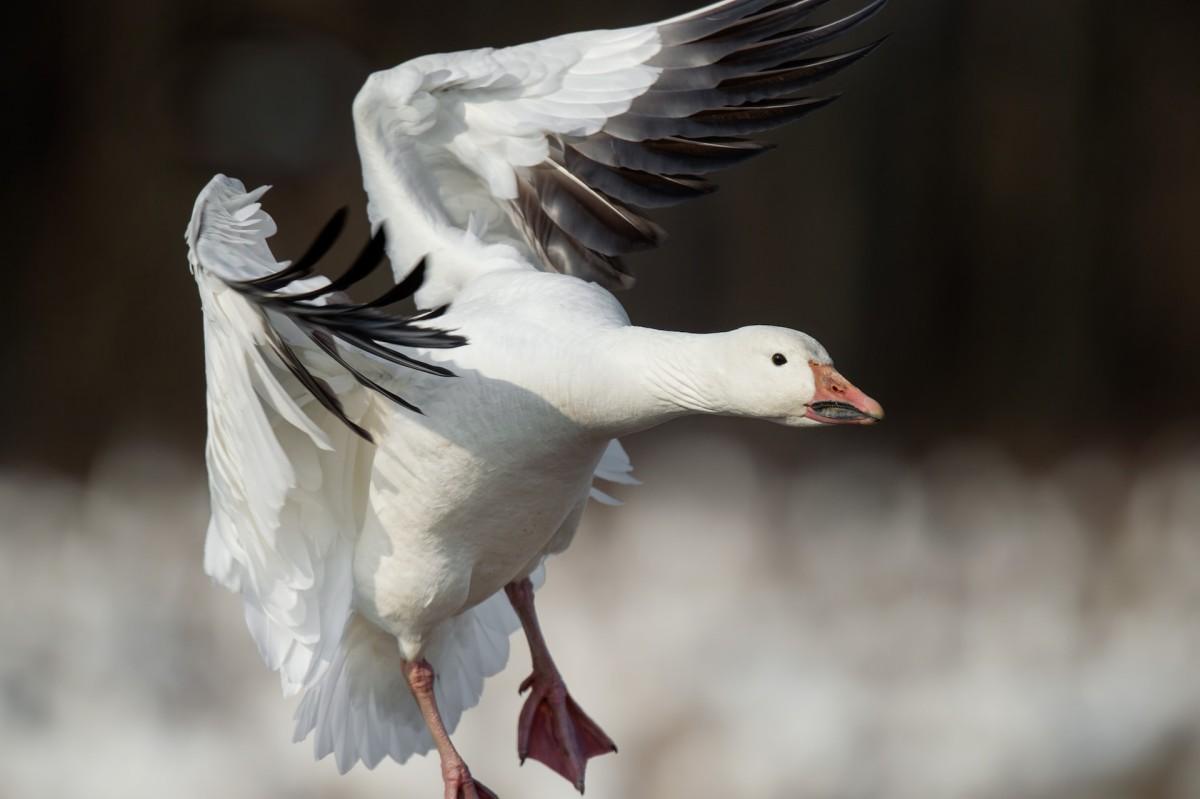
- Name: Snow goose
- Scientific name: Anser caerulescens
- Conservation status:
You know what a goose is, but have you heard of the snow goose? It is a species of goose native to North America and has completely white plumage. It can be seen in Canada, Alaska, Greenland, and even Siberia during the breeding season, and as far South as Mexico during the winter.
The snow goose populations dramatically increased during the 20th century, mostly due to land conversion (from forests to agricultural lands).
16. Gray wolf
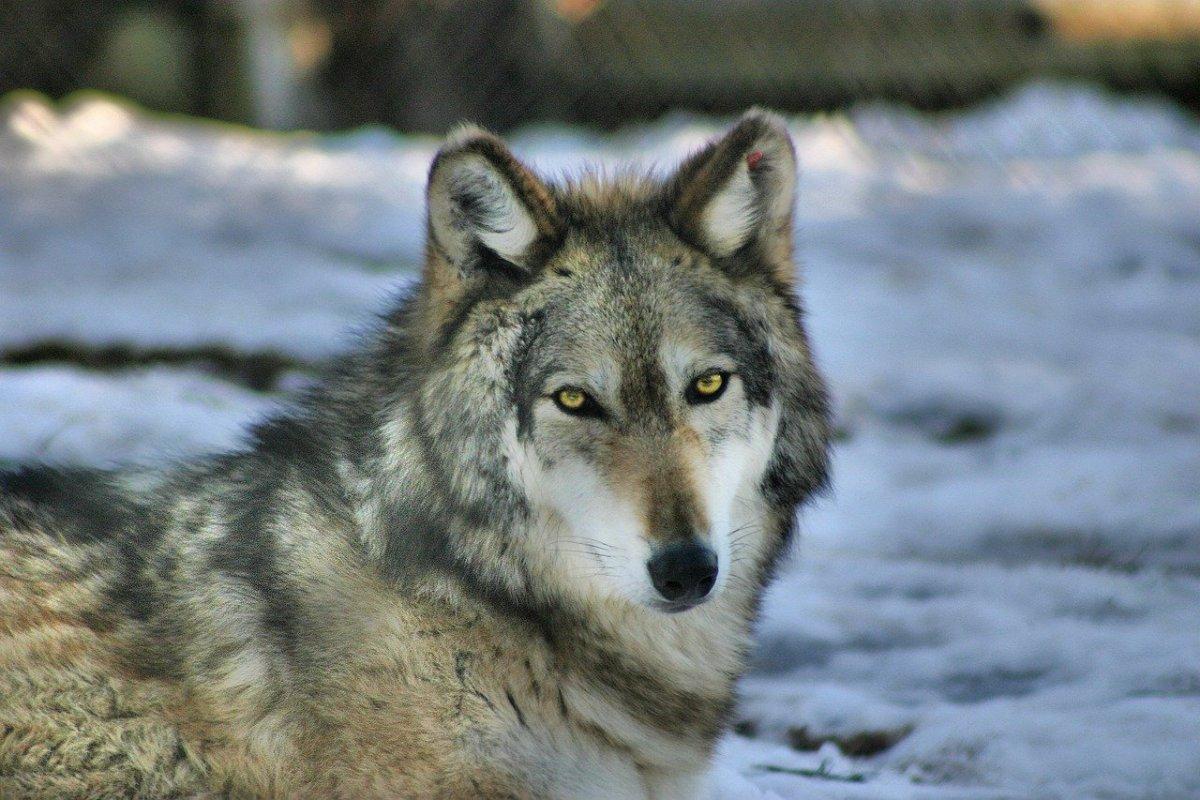
- Name: Grey wolf
- Scientific name: Canis lupus
- Conservation status:
The gray wolf is one of the most common large predators in the world. It is spread throughout most of the Northern Hemisphere, including in Canada. It is the largest member of the Canidae family, and it is a very cooperative species that live in packs.
Wolves have historically always been interacting with humans, which is their major threat. They have been killed as retaliation, even though most of their attacks are due to rabies.
17. Muskox
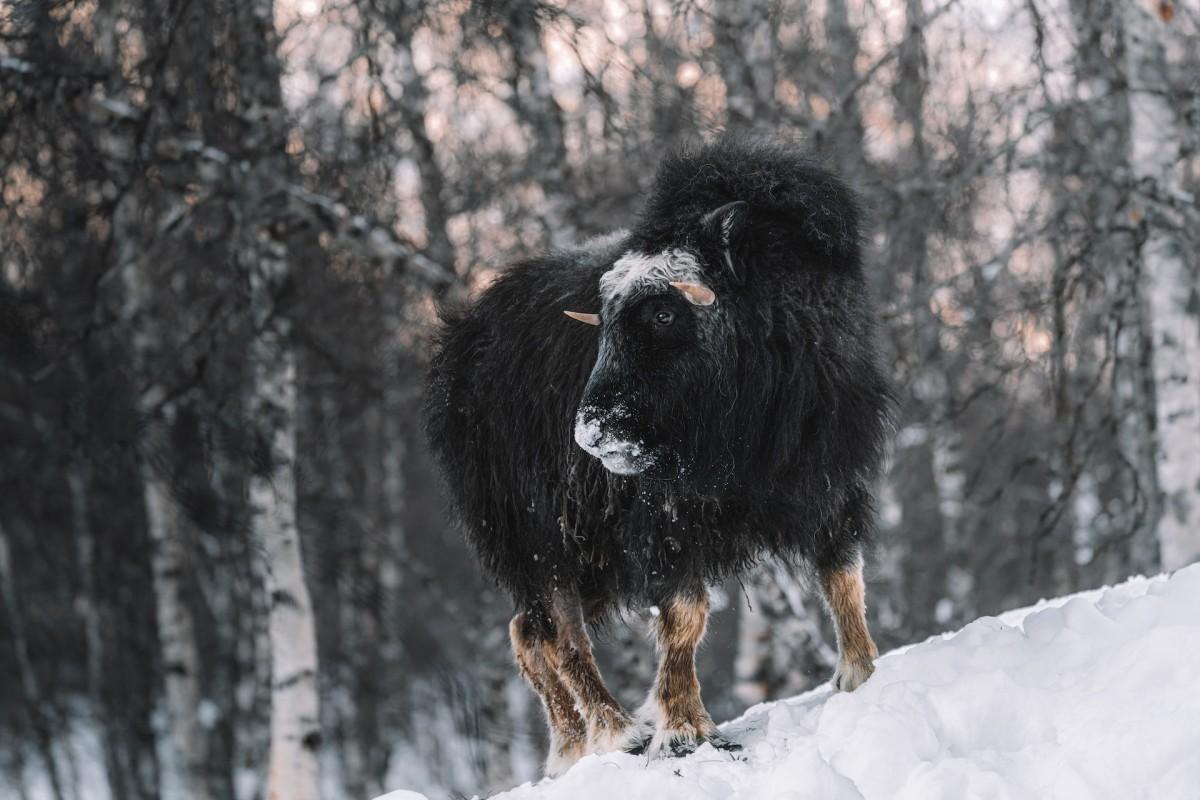
- Name: Muskox
- Scientific name: Ovibos moschatus
- Conservation status:
The muskox, or musk-ox or musk ox, is a large species of hoofed mammal. It is native to the Arctic and can be found in the northern parts of Canada. These bovines live in herds of 12 to 24 in the winter, and 8 to 20 in the summer. You will often see them in a defensive formation, cuddled up, to protect themselves from the cold and possible predators.
The muskox used to suffer from overhunting, but its global population has now stabilized.
18. Arctic fox
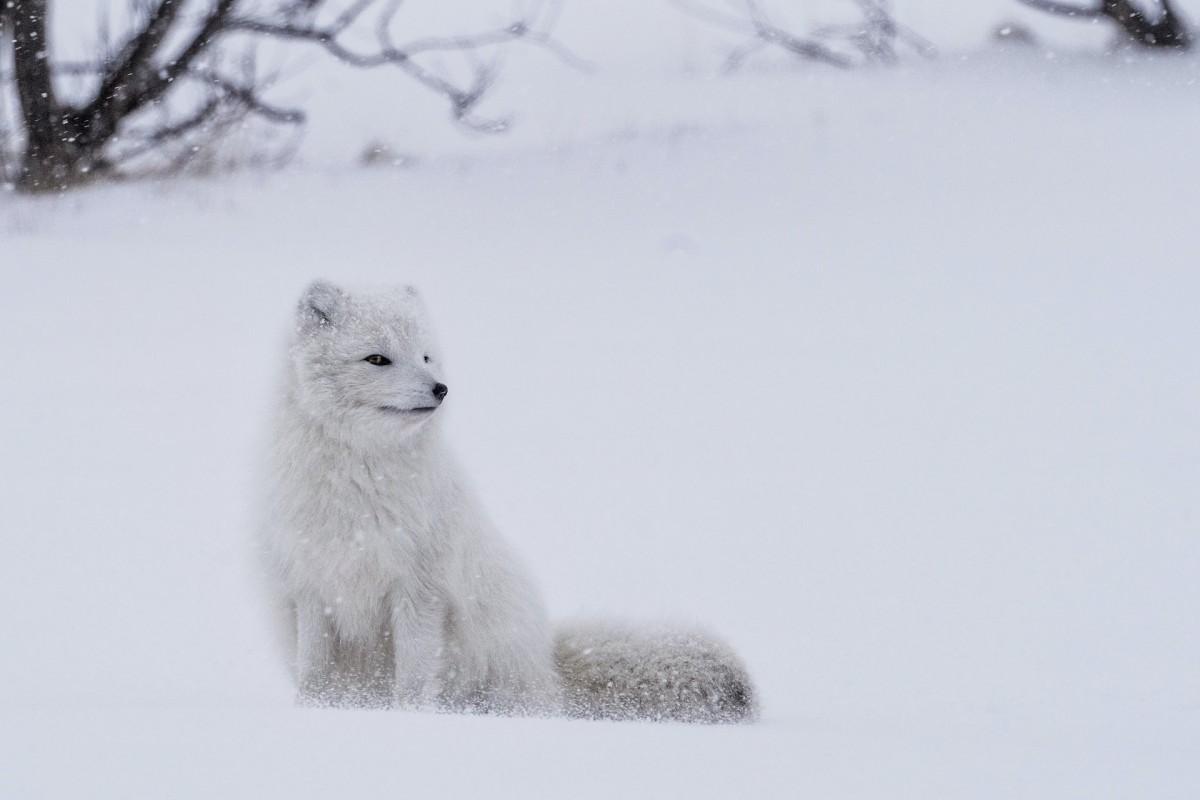
- Name: Arctic fox
- Scientific name: Vulpes lagopus
- Conservation status:
The Arctic fox, also known as the polar fox, the snow fox, or the white fox, is a small species of fox native to all of the Arctic regions. Therefore, it can be found in Canada, Greenland, Siberia, and northern Europe.
Depending on the region, the Arctic fox is more or less threatened. For instance, there are fewer than 200 individuals in mainland Scandinavia, but it is much more common in North Canada.
19. Wolverine
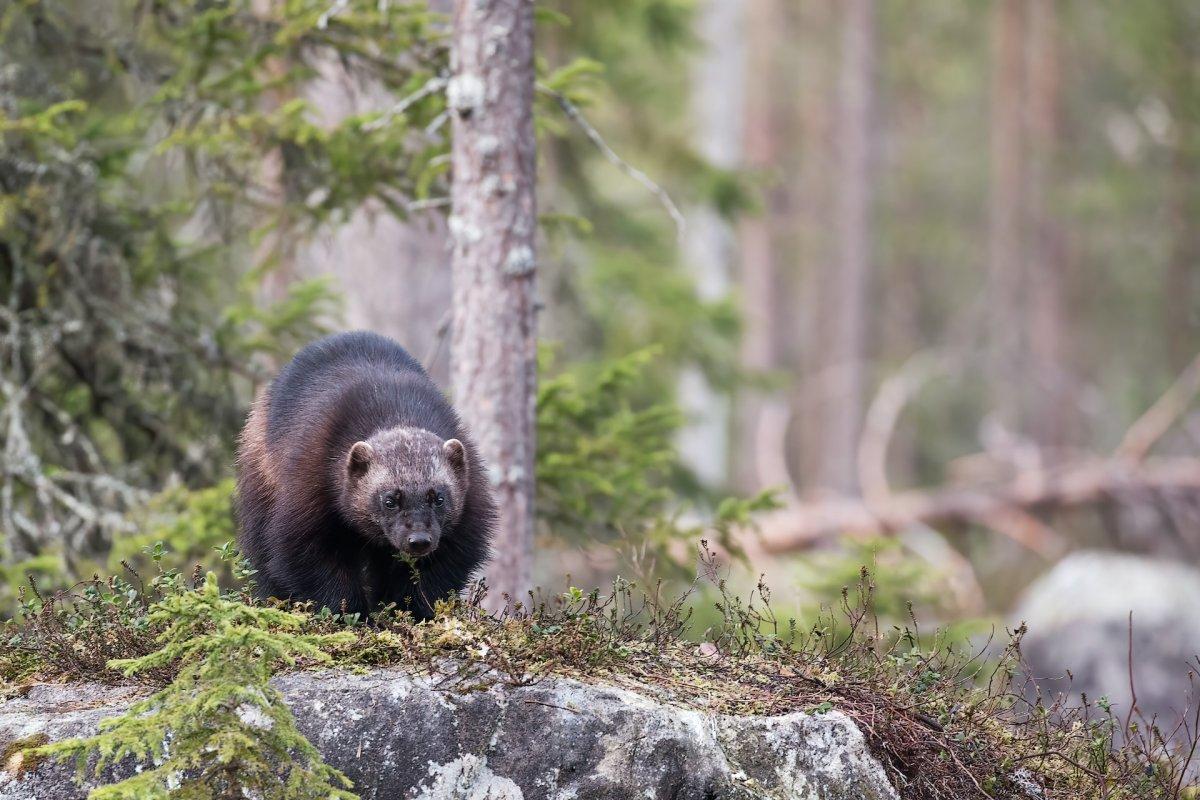
- Name: Wolverine
- Scientific name: Gulo gulo
- Conservation status:
The wolverine is also an actual animal, not only a superhero! It is also called the glutton, the quickhatch, or the carcajou, is the largest terrestrial species of the Mustelidae family.
It is a solitary animal that is surprisingly strong for its small size: it can easily kill prey many times larger than itself without any fear! Not only is it really strong, but it can also be very aggressive.
20. Canada goose
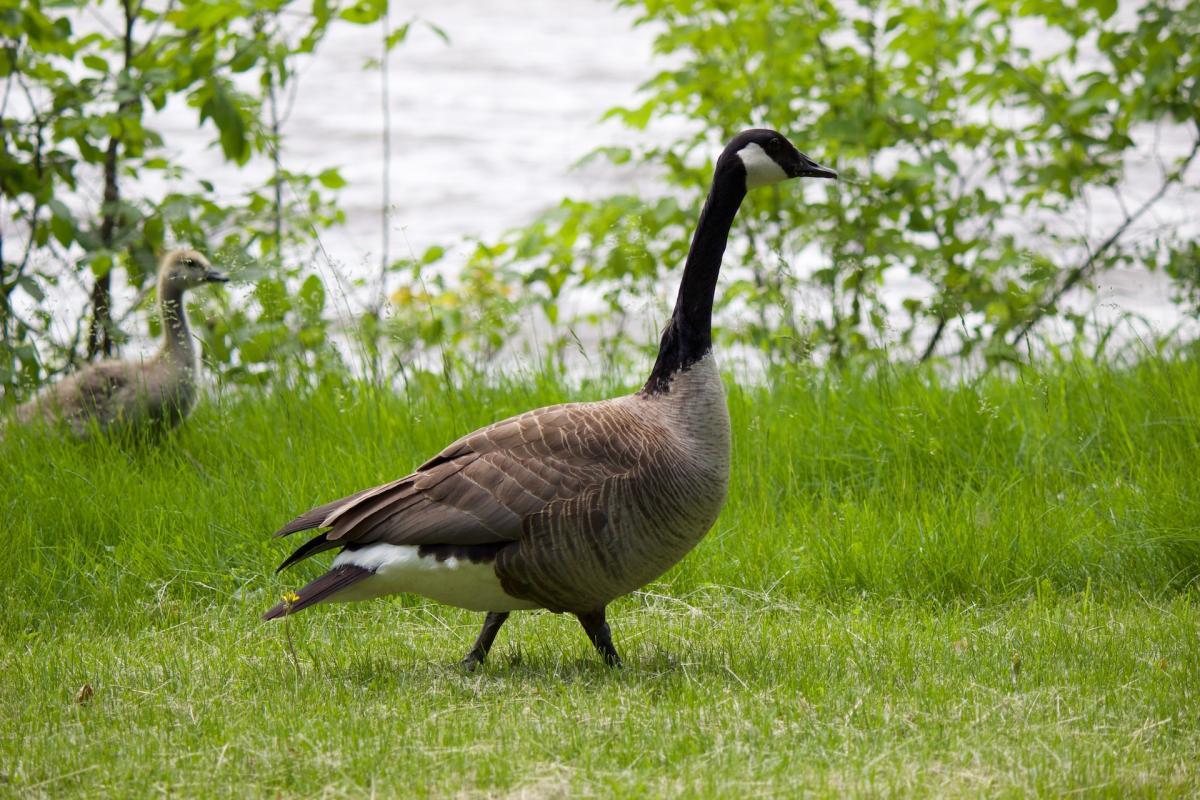
- Name: Canada goose
- Scientific name: Branta canadensis
- Conservation status:
The Canada goose is a large species of wild goose with a black head and neck, a brown body, and white cheeks. It inhabits temperate and arctic regions of North America, but can also be seen in northern Europe, and it was introduced to the British Isles, Scandinavia, New Zealand, Chile, Japan, and Argentina.
These geese are particularly adapted to human-modified areas, and they live in large colonies in both cultivated and urban habitats, where this is food and no natural predators.
21. Snowy owl
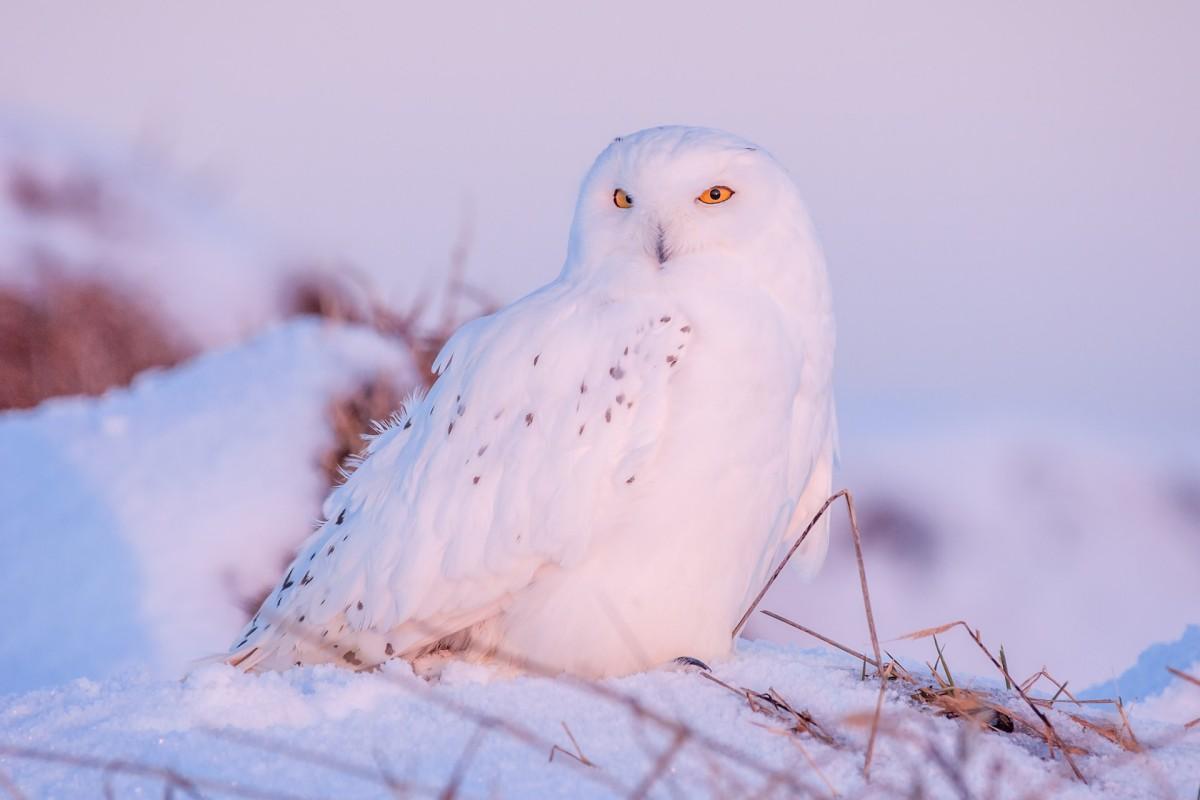
- Name: Snowy owl
- Scientific name: Bubo scandiacus
- Conservation status:
The snowy owl is arguably the most beautiful species of owl. It has white plumage with black spots and a piercing yellow gaze. It is also known as the white owl, the Arctic owl, or the polar owl, and it is quite large.
It breeds on the tundra, and it is the only owl with mostly white plumage, making it even more unique. It is a nocturnal hunter that mostly feeds on small mammals, rodents, and birds.
22. Whooping crane
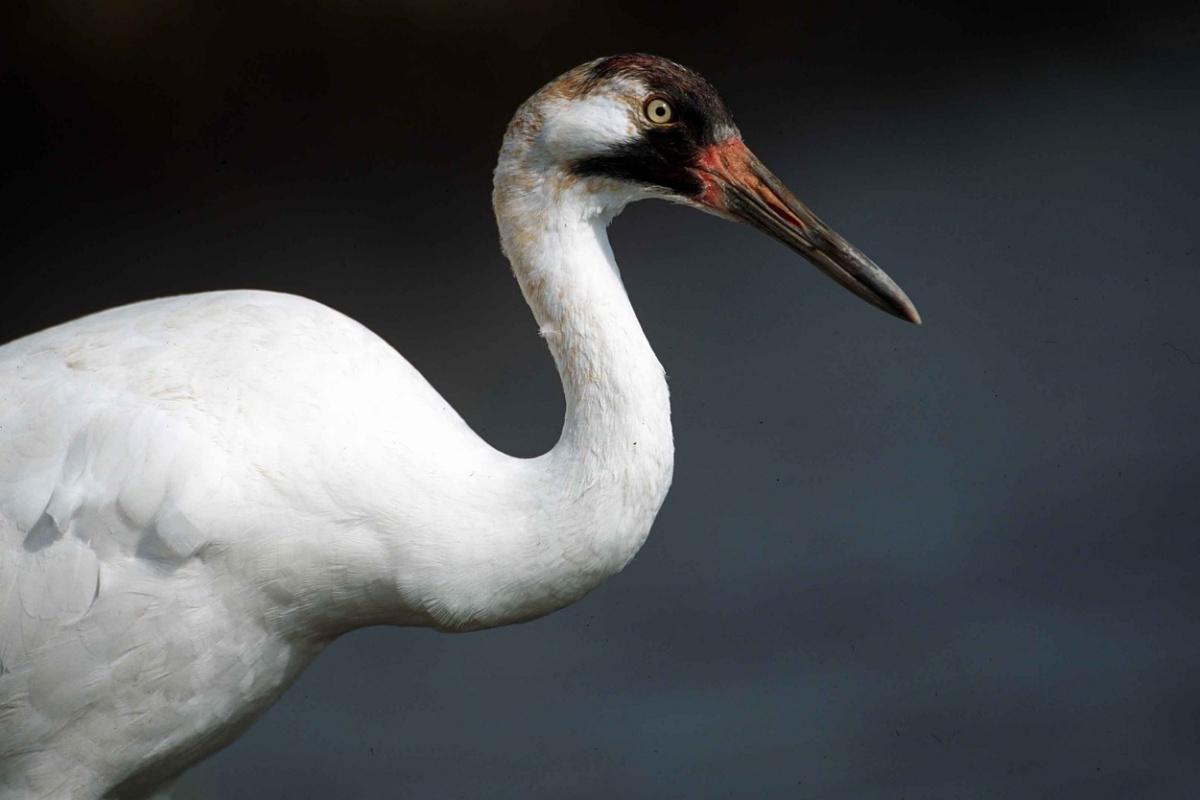
- Name: Whooping crane
- Scientific name: Grus americana
- Conservation status:
The whooping crane is the tallest species of bird in North America. It is almost entirely white, except for its black legs and face, and red plumage on top of its head.
It has a lifespan of 22 to 24 years and was pushed to the brink of extinction because of overhunting and habitat loss. Now, its population has stabilized thanks to conservation efforts, but it is still considered endangered.
23. Rubber boa
- Name: Rubber boa
- Scientific name: Charina bottae
- Conservation status:
The rubber boa is the only species of boa that can be found in Canada. It is small, native to North America, and has a very dark body.
Its main predators are raptors, coyotes, cats, and raccoons. As a defense mechanism, it exposes its tail to mimic its head, but that rarely works. As for feeding, the rubber boa preys on rodents and small mammals. Sometimes, it will also attack snake eggs, lizards, and their eggs and bats.
24. Painted turtle
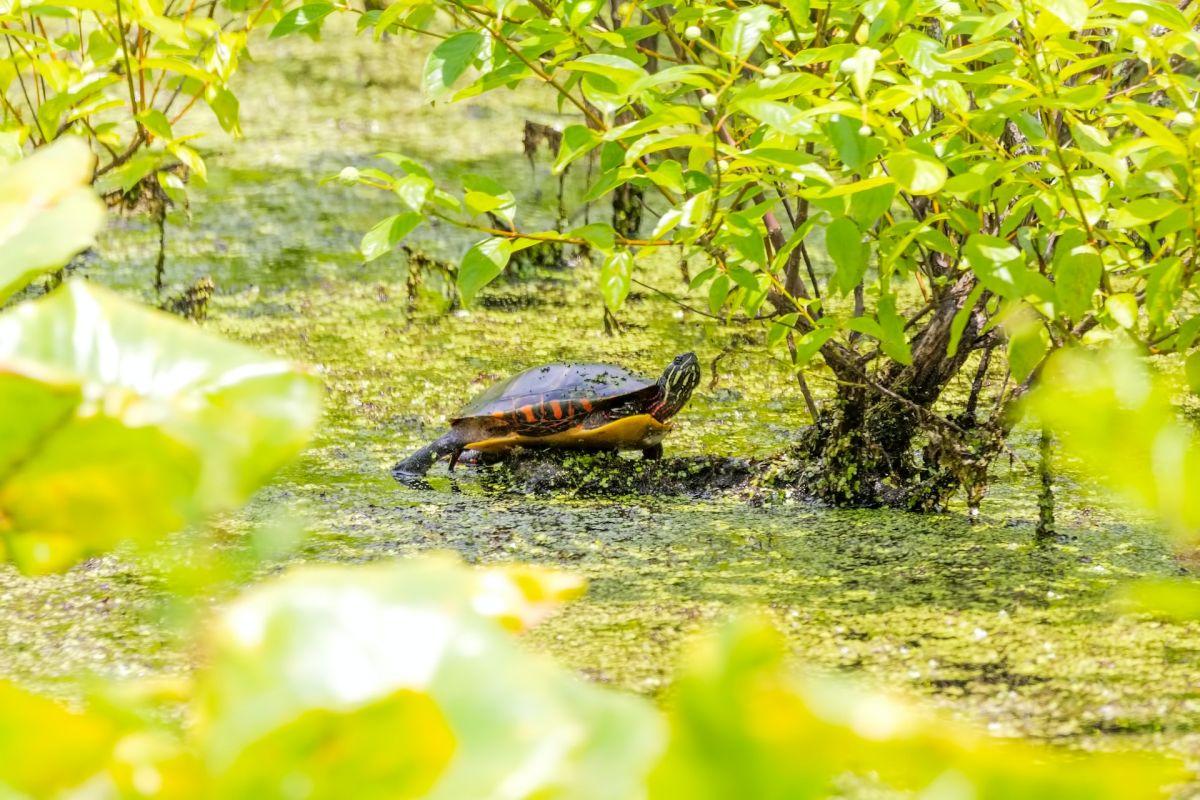
- Name: Painted turtle
- Scientific name: Chrysemys picta
- Conservation status:
The painted turtle is the most widespread species of turtle in all of North America. It gets its name from the yellow stripes on most of its body. It usually lives in slow-moving waters, from northern Mexico to southern Canada.
Interestingly enough, female-painted turtles are slightly larger than males. Their skin is olive to black, and they eat aquatic vegetation and small water creatures like insects, fish, and crustaceans.
25. Pacific rattlesnake
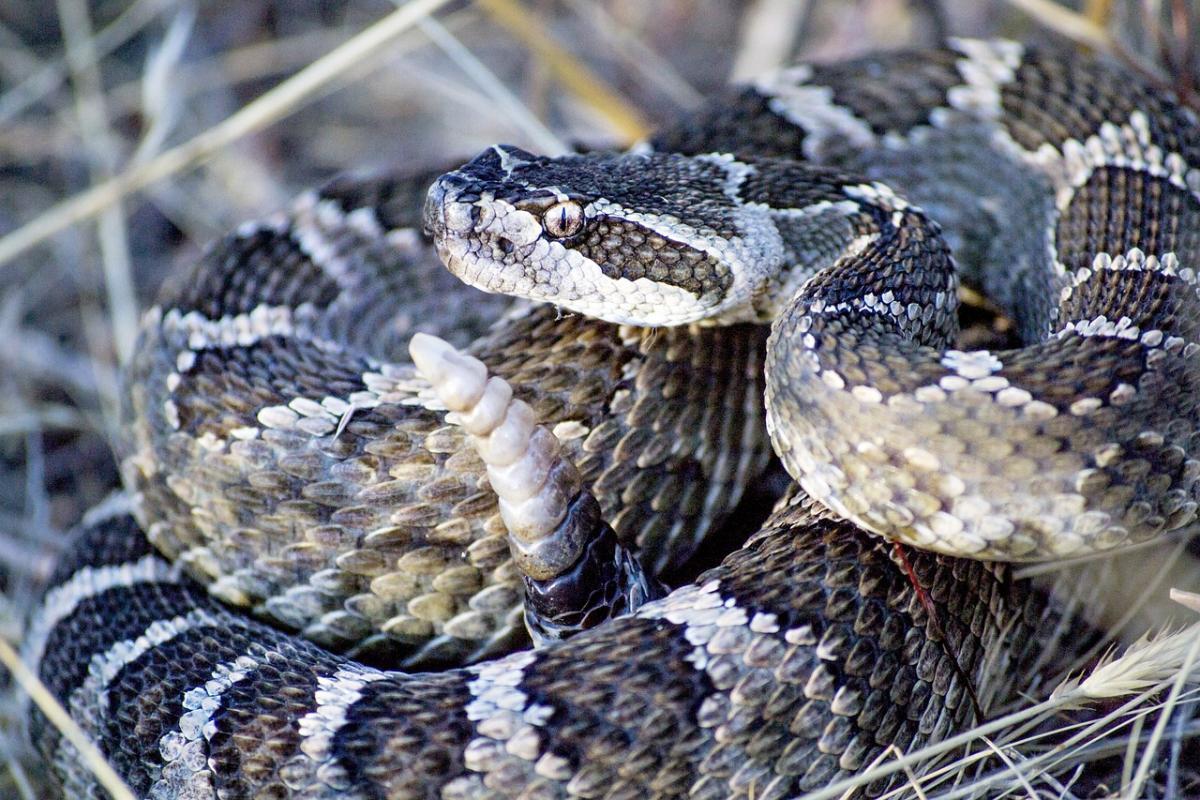
- Name: Pacific rattlesnake
- Scientific name: Crotalus oreganus
- Conservation status:
The Pacific rattlesnake… is not pacific. It is a scary venomous pit viper species that inhabit western North America, from Mexico to Canada.
Its color patterns and length greatly vary from one individual to another. Even the color of the iris changes depending on the environment, usually varying from gold, bronze, or tan. Like most snakes, the Pacific rattlesnake uses its facial pits to locate prey and feeds on birds, small mammals, small reptiles, and bird eggs.
26. Coastal giant salamander
- Name: Coastal giant salamander
- Scientific name: Dicamptodon tenebrosus
- Conservation status:
The coastal giant salamander is one of the largest species of salamander you will ever see. It is endemic to western North America, similar to the Pacific rattlesnake. It can reach up to 34 cm / 13 in, making it the largest terrestrial salamander in North America.
This salamander lives underground most of the time and emerges at night. It reproduces during rainy and humid periods and feeds on anything it can fit in its mouth.
27. Leatherback sea turtle
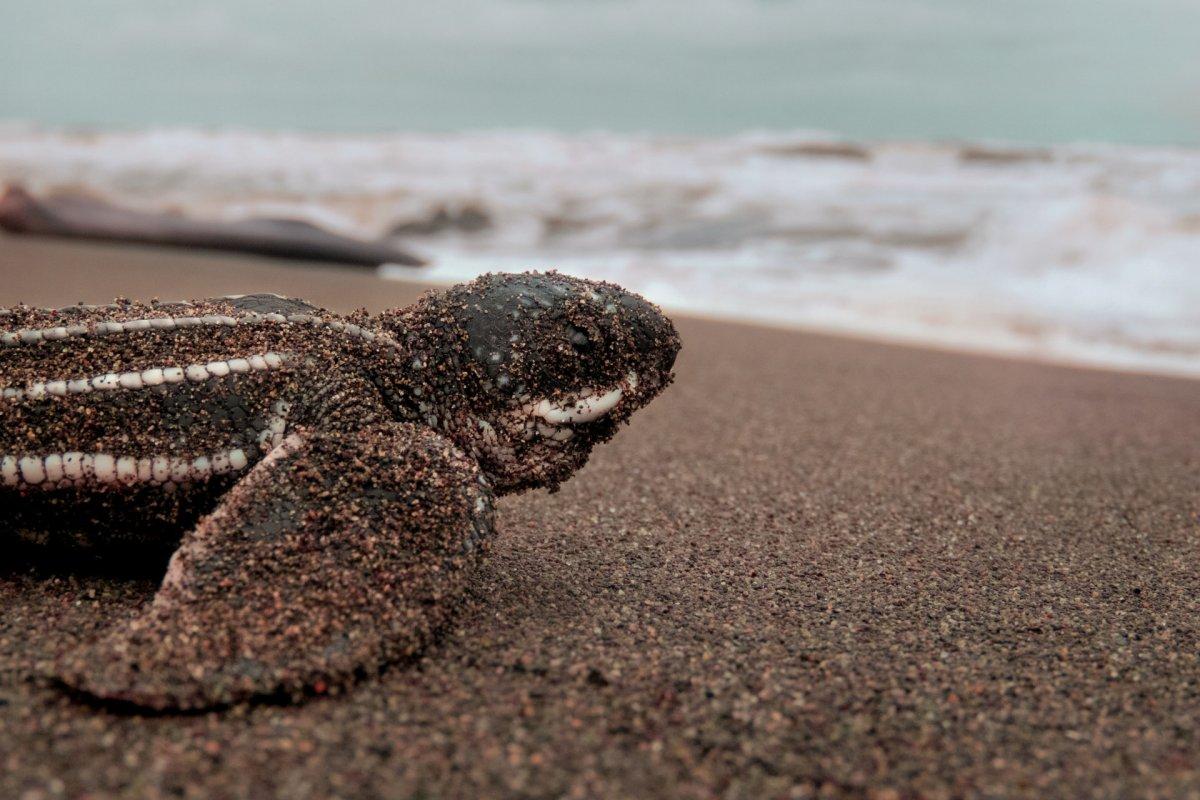
- Name: Leatherback sea turtle
- Scientific name: Dermochelys coriacea
- Conservation status:
The leatherback sea turtle, also known as the luth, the lute turtle, or the leathery turtle, is the largest turtle on the planet. It is also the heaviest non-crocodilian reptile, weighing up to 600 kg / 1,322 lbs and reaching a length of 2 m 6 ft 5 in.
It is named after its leather-like skin. Opposite to many turtles, it has no bony shell, but its carapace is rather covered by flexible and oily skin.
28. North American cougar
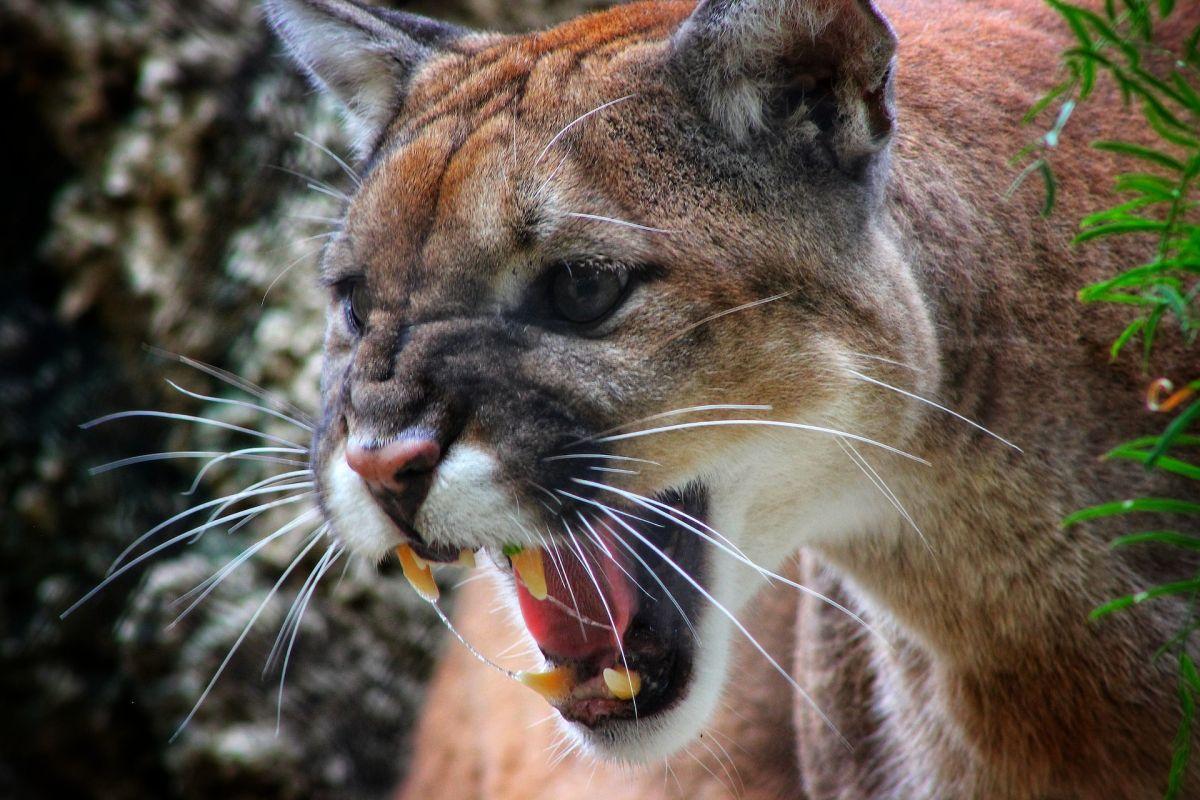
- Name: North American cougar
- Scientific name: Puma concolor couguar
- Conservation status:
The North American cougar is probably the scariest animal you could encounter while on a hike in an isolated and rocky area of Canada. It is a large species of wild cat that can be found in western Canada, Florida, Mexico, the western United States, and Central America.
It is the biggest cat in all of North America, and it is strongly protected by conservation plans. However, it is still threatened by hunting, though the jaguar is hunted more for its skin.
—
So there you have them, these were my 28 wild animals of Canada. I hope you enjoyed this list and that you learned something new today.
In case you want to learn more about the wildlife of Canada, feel free to keep reading, as I still have lots of things to tell you about:
Endangered Animals of Canada
This is definitely the saddest part of the list, but it is very important to raise awareness. Because of this, let’s go through the list of endangered animals in Canada.
Here are the animals in danger of extinction in Canada.
- Labrador duck
- Great auk
- Sea mink
- Passenger pigeon
- Coregonnus johannae
- and 2 more…
- Elongated bristlemouth fish
- Bulbous dreamer
- Smalleye squaretail
- Wolverine
- Dealfish
- and 6 more…
- Spotter turtle
- Basking shark
- Black-footed ferret
- Sea otter
- Whale shark
- and 23 more…
To see the full list of endangered species in Canada, head over to the International Union for Conservation of Nature’s Red List.
What is the National Animal of Canada?
The national animal of Canada is the beaver.
The beaver is a symbol of masculinity, tradition, respectability, and industry. It is seen as an honest, busy, and productive animal. It has long been present in Native American myths, where its skills were emphasized.
If there is one country that is associated with the beaver, it is definitely Canada. The animal was present on the first pictorial postage and was declared the national animal in 1975.
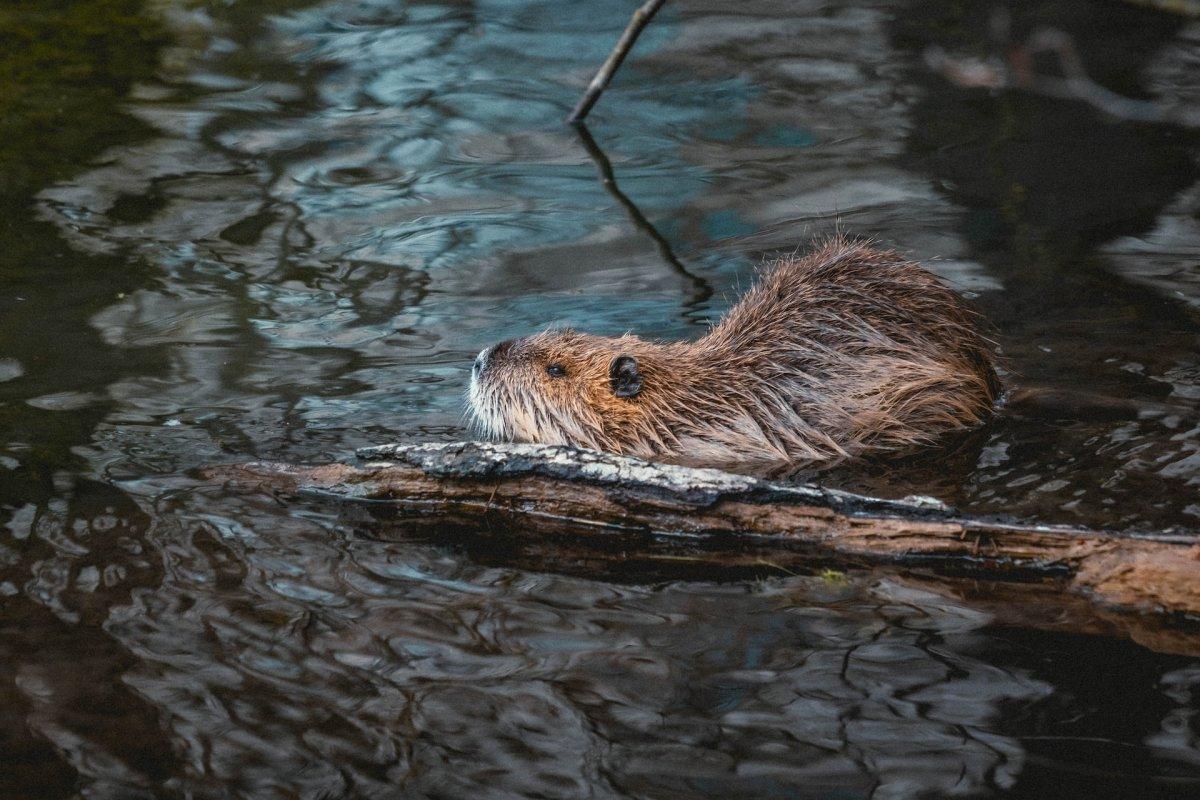
How Many Animals Native to Canada?
What is the diversity of native animals in Canada?
Let’s look at the total number of species of Chordata (mammals, birds, fishes, and reptiles).
Total number of animal species in Canada: 1,789 (5,879 in total in North America)
More About Animals in the World!
Loved these facts about animals in Canada? Want to see what animals live in other countries?
Then check out these posts:
Or click here to see ALL the facts up on the blog! Spoiler alert: there’s A LOT of them.
Share the knowledge! Click on the buttons below to share information about these famous animals in Canada with your friends, and help them learn more about the world 🙂
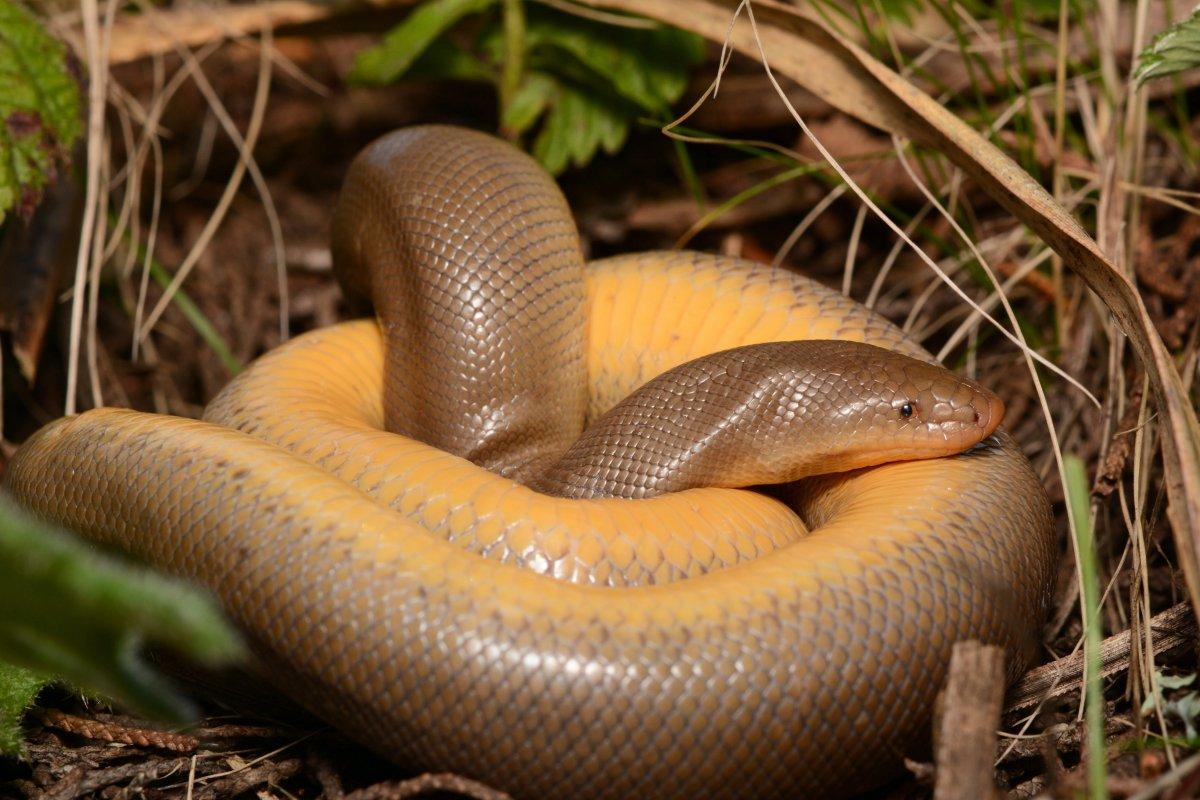
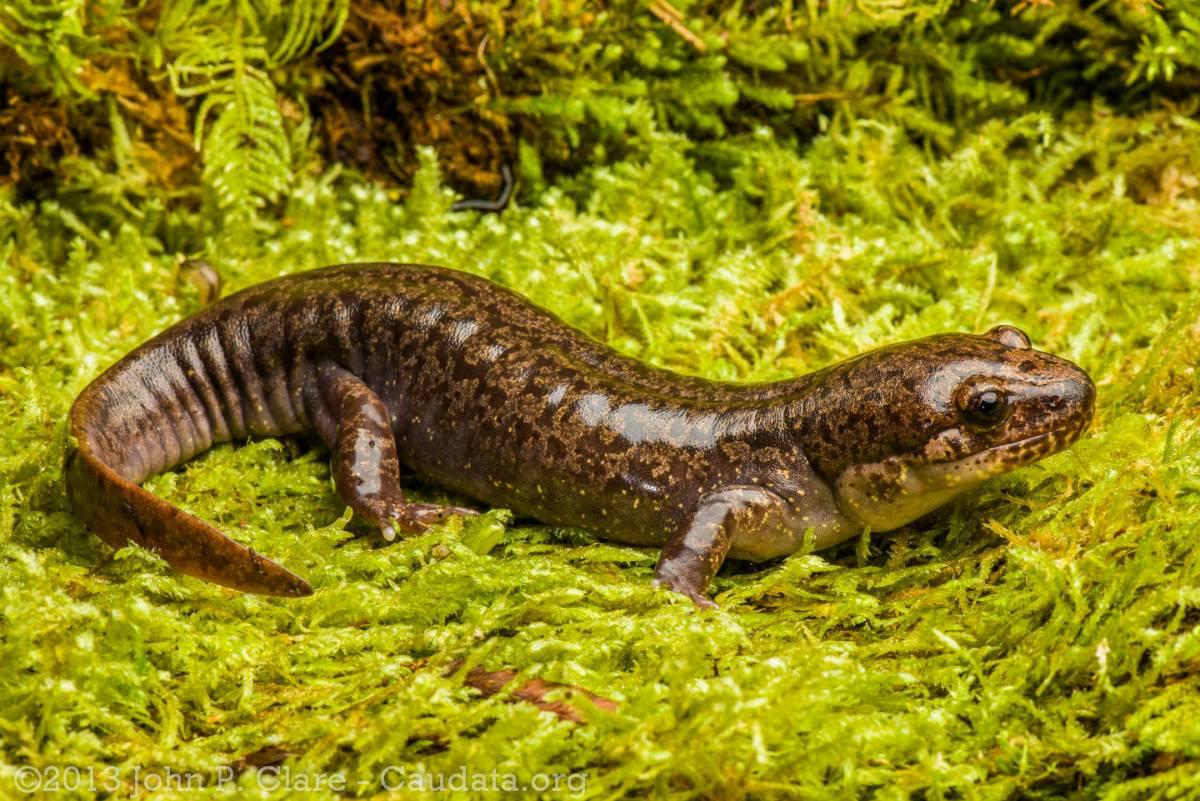

![21 Wild Animals in Fiji [Wildlife in Fiji]](https://www.kevmrc.com/wp-content/uploads/2023/01/21-wild-animals-in-fiji.jpg)
![27 Wild Animals in Mexico [Wildlife in Mexico]](https://www.kevmrc.com/wp-content/uploads/2022/08/27-wild-animals-in-mexico.jpg)
![50 Wild Animals in India [Wildlife in India]](https://www.kevmrc.com/wp-content/uploads/2022/12/50-wild-animals-in-india.jpg)